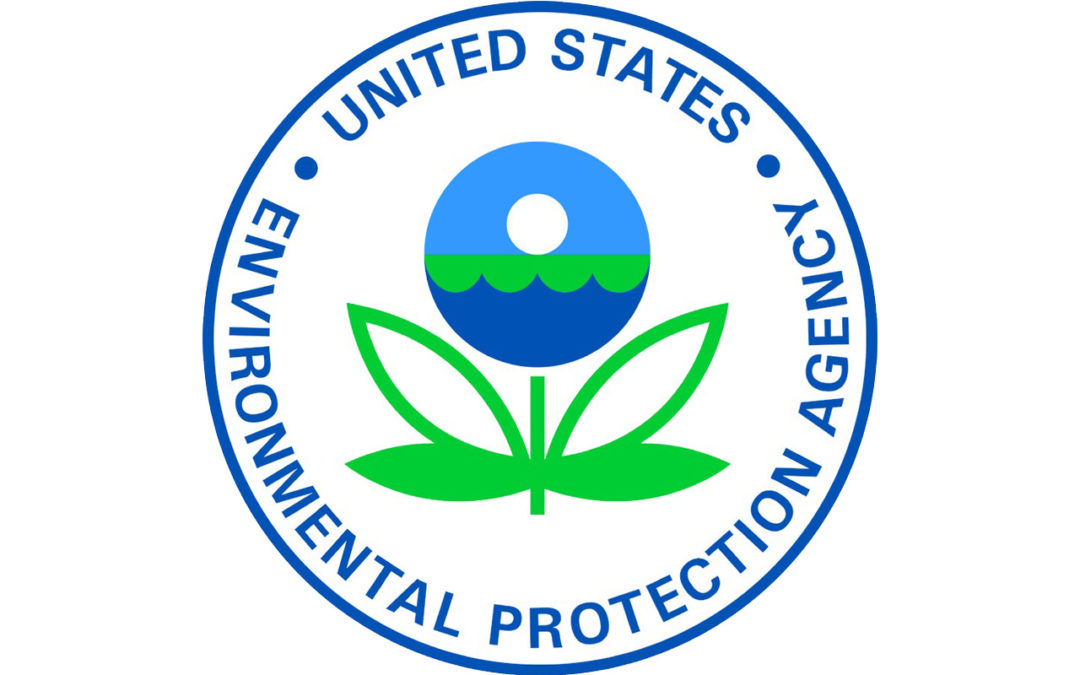Here’s a closer look behind the organization — the mindset and rationale of the agency.
Book excerpts:
- Jack Ravan (my boss and regional administrator in Region 4, Atlanta) was one political patronage appointee with no background or training whatsoever that even remotely related to EPA’s mission. The scuttlebutt among career employees, including my boss Joe Franzmathes, who frequently spoke to me as a confidant, was that EPA was not going to be a regulatory agency driven by science, engineering, and technology. It was, instead, a political organization that would suborn science and technology if politically expedient to do so.
- Those EPA behaviors borne of hierarchical thinking interfered with building a lasting coordinated partnership with states and local governments and making the means and methods of implementing environmental law more cost-effective by assuming a more inclusive posture on policy making, particularly inclusive of states and the regulated community and their scientific and engineering advisors who are burdened in carrying out EPA mandates.
- Of all the problems and challenges we faced was the untimely, confused, and generally poor direction that came out of EPA in Washington, D.C. I have covered this subject in detail in previous entries of this account. EPA personnel perched on the banks of the Potomac, in particular, view the world through the long lens of a telescope and delude themselves into believing that they actually understand how the world at the local level works. They never get the big picture, are quick to judge others, and dismiss their own ineptitude.
- Enthusiastic new headquarters middle managers who controlled the day-to-day expenditure of human and consulting resources seemed hell-bent on trying to write regulations and guidance that anticipated every problem that might arise, and prescribe a solution or requirement. During my tenure, the Office of Water had nearly $60 million in funds for contracting to consultants to assist HQ in rule making and writing “guidance.” This did not include funds allocated to consultants under the budget of the Office of Research and Development to support rule making by the Office of Water.
- Local governments have since illustrated their commitment to environmental protection in other areas by budgeting subjects that matter, such as converting public transportation rolling stock to natural gas, and providing financial incentives for local residents to purchase energy-efficient appliances, or sell geothermally and solar generated surplus electricity back to the public electric utility. One cannot argue that the state of sustainable living policies today has emerged from local initiatives, often in partnership with industry and not from federal mandates. The creativity and commitment to doing the right thing in terms of water pollution control, found at the local level — other than providing basic sanitary sewer service — has been sidelined too long. I trust it will re-emerge as we as a nation finally tackle climate change by converting our economy to a clean energy economy, not a fossil fuel economy.
- Regional offices became fiefdoms defined by the experience, personality and management styles of their RAs and top managers.
- Finally, my father wrote, “If protecting the environment is as important as we say it is, why do we not find men of Nobel Laureate status near the top? I am greatly disappointed at the failure of the Administration to seek out the very best men to lead technical efforts.”
- I was to learn the prevailing view of what I will refer to as the “Eastern establishment” — a terse and critical opinion of Westerners’ misguided attitudes towards water resources, such as sucking at the Federal teat of pork barrel water development projects.
- Another eastern establishment opinion was that of the Environmental Protection Agency’s approach to water quality-based planning and management that flew in the face of common sense from the western perspective. It demonstrated a total ignorance of, and disregard for, the law of prior appropriation under the State of Colorado’s Constitution. This issue alone would make the Larimer-Weld 208 Study controversial. When I made these conflicts known in an attempt to mitigate the conflicts, I eventually drew fire from a coalition of environmental organizations that charged me for “misusing federal funds to subvert the purposes of the Clean Water Act” and demanded an audit of my program and how the federal grant was being spent.
- The Hit List was a shock to western water users, including Coloradans.
It should surprise no one that President Reagan won all western states, and Carter none, in the 1980 Presidential Election. I believe this owed, in part, to Carter’s policies on western water resources development, to the Carter Hit List, and to EPA’s mishandling of the irrigated agriculture permit issue. - While our new environmental leaders on the national stage are trying and the press and experts are attempting to talk to concerned activists, no one is talking to the average American in terms they understand; thus without understanding their political support for new initiatives will be cool at best, especially when they learn how it impacts their livelihoods and pocketbooks — at least, yet!

